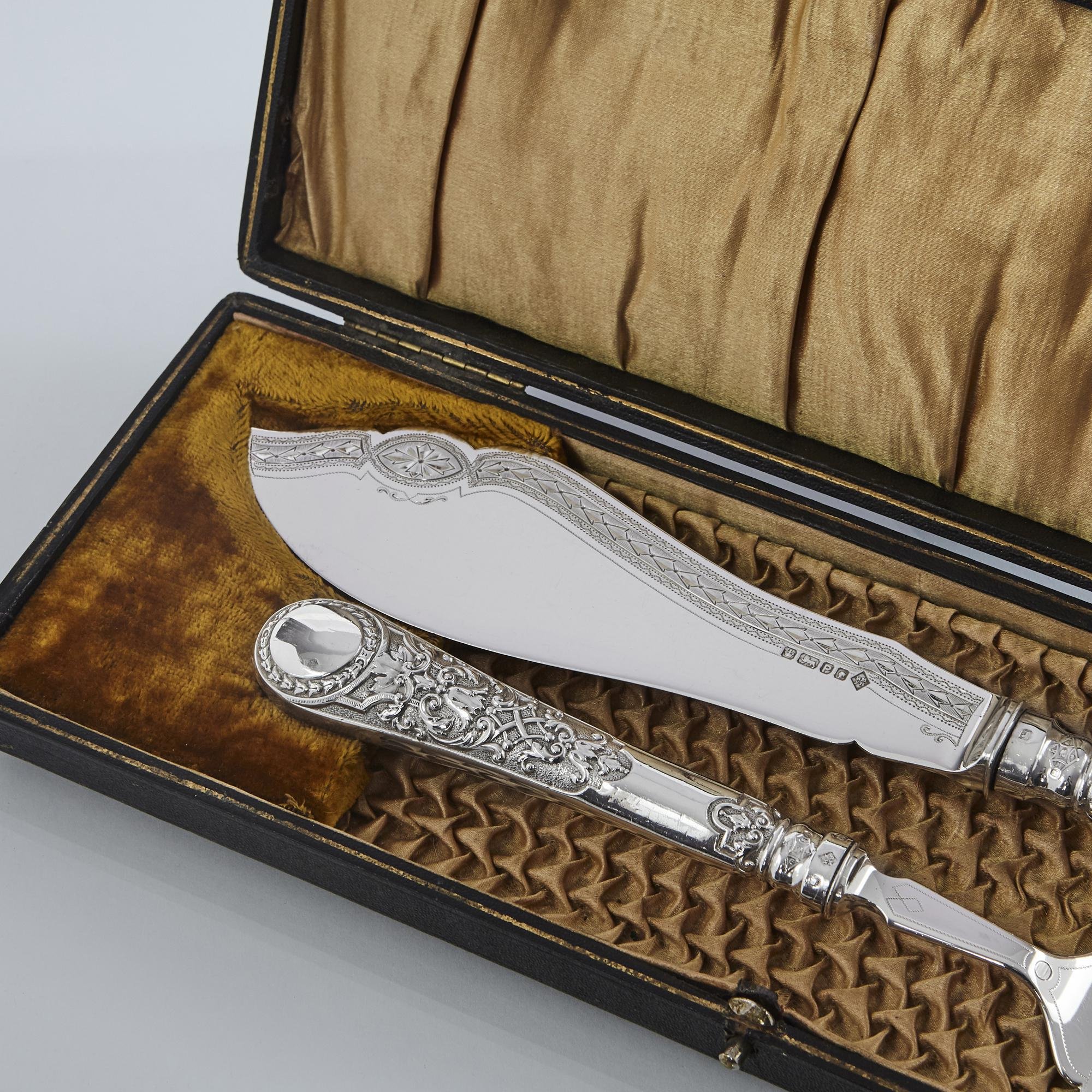Art Triumphs Over Nature
16 July 2020
The enduring popularity of Landseer.
Patrick Laurie
Patrick Laurie is a hill farmer, journalist and author of two books, The Black Grouse, and Native: Life in a Vanishing Landscape.
When it comes to sporting art, a handful of names stand head and shoulders above the crowd. It often feels like everyone has heard of Stubbs or Snaffles, and prints of work by Archibald Thorburn are so common that they are almost a cliché. But looking in at the world of oil and charcoal from a position of relative ignorance, my eye is eternally drawn to the grandfather of sporting art; Sir Edwin Landseer. A hundred and fifty years after his death, his work is ubiquitous; reproduced on shortbread boxes and whisky bottles all the way to Tokyo.
A finely patinated bronze stylised model of a stag, signed Takenaka Masaharu, 竹中正晴 (Masaharu III) b. 1936 Japan, Showa period, 1950s – 1960s, height: 23 inches
I spend a great deal of my time working in the hills alongside deer, so when Landseer’s famous painting ‘The Monarch of the Glen’ was taken on tour around Scotland in 2018, I made a point of seeing it. There’s no doubt that it’s an imposing piece of work; a monstrous stag depicted in a grand Highland vista. Standing back on the other side of the room, I stared wide-eyed at the sheer enormity of it. But after a couple of slack-jawed moments, a nagging and pragmatic voice of dissent rang in my ears – because Landseer’s stag is actually too fine; too mighty to be real.
Red deer vary widely in scale and grandeur across the country, from the hulking monsters of Exmoor to the tiddly spikers of the Outer Hebrides. Landseer’s stag would qualify as a giant in any company; barrel-bellied, fearless and with antlers like saplings, this beast is the very quintessence of perfection. I recalled the sordid reality of a rampant stag in the autumn rut, frothy and foul in a soup of mud and urine, then measured it against this cervine Adonis. Here is an animal so primly presented that you could eat your dinner off him, and not only that, but despite having conducted a finger-tip search, he is completely free of ticks, lice and many of the biting insects which make a deer’s life hell. A moist and moody mist rises dramatically behind the standing stag, and yet he is magically dry as a bone, plush and cuddly as a bichon frise.
Perhaps I’m being pedantic in these notes of fine detail, but when you gaze at deer for years on end, you’re inclined to spot the smallest deviation from reality. Besides, I reminded myself that this is a work of art; it’s unlikely that Landseer would have secured a sustainable income from his work if he had specialised in producing hyper-realistic studies of his subjects; of all the many dogs he painted during his career, none of them are cocking their legs or vomiting grass.
In many ways, ‘The Monarch of the Glen’ is a work of imaginative fantasy, so it’s hard to explain why it should excite me in my boring need for realism. Perhaps Landseer’s work exists in such a position of prominence that I find it hard to look at his work objectively. I’ll confess that I’m inclined to be gulled by celebrity cults; I have often found it easy to drop Landseer’s name into conversation when I’m feeling uncertain, and it’s hard to deny that the man was a gigantic figure whose work laid the foundations for so much of what followed.
Jamie Rountree at Rountree Tryon Galleries sells a number of Landseer works every year, and he believes that while interest from traditional sporting art collectors has declined over the last two decades, Landseer has weathered the change well. Explaining why this eminent Victorian has shown such staying power, Jamie says that “his work bridges the gap between box-office popularity and academic interest; he’s able to draw in audiences from all backgrounds”. It helps that Landseer’s paintings often focussed on timeless subjects like wildlife and dogs – a Landseer oil painting entitled ‘Blenheim Spaniel’ is currently for sale at Rountree Tryon, but it may not be available for long. Even simple drawings are keenly snapped up by an insatiable public interest in the grandfather of this medium.
So casting off my doubts, I’m happy to be thrilled by ‘The Monarch of the Glen’ because the painting is more than merely a stag. In serving up the ultimate sporting daydream, Landseer placed himself in a niche beyond reality. For those of us who live with stags every day of the year, I can say with some certainty that an animal like ‘The Monarch of the Glen’ simply doesn’t exist. But as a sportsman with a love of deerstalking, I can’t afford to rule out the possibility that he’s up in those hills somewhere.






